McDonald's Research: Religious Discrimination's Impact on Productivity
VerifiedAdded on 2023/01/11
|10
|506
|79
Report
AI Summary
This report investigates the impact of religious discrimination on organizational productivity, using McDonald's as a case study. It begins with an introduction outlining the research aims and objectives, which include examining the effects of religious discrimination, identifying related issues, and suggesting management strategies. The research explores the concept of religious discrimination and its implications for employee treatment and organizational performance. The findings highlight the importance of equal treatment for all employees, regardless of their religious beliefs, to foster a positive work environment and achieve company goals. The report concludes with recommendations emphasizing the need for companies to avoid discrimination and embrace diverse cultural experiences. The research also includes references to relevant academic sources.
1 out of 10


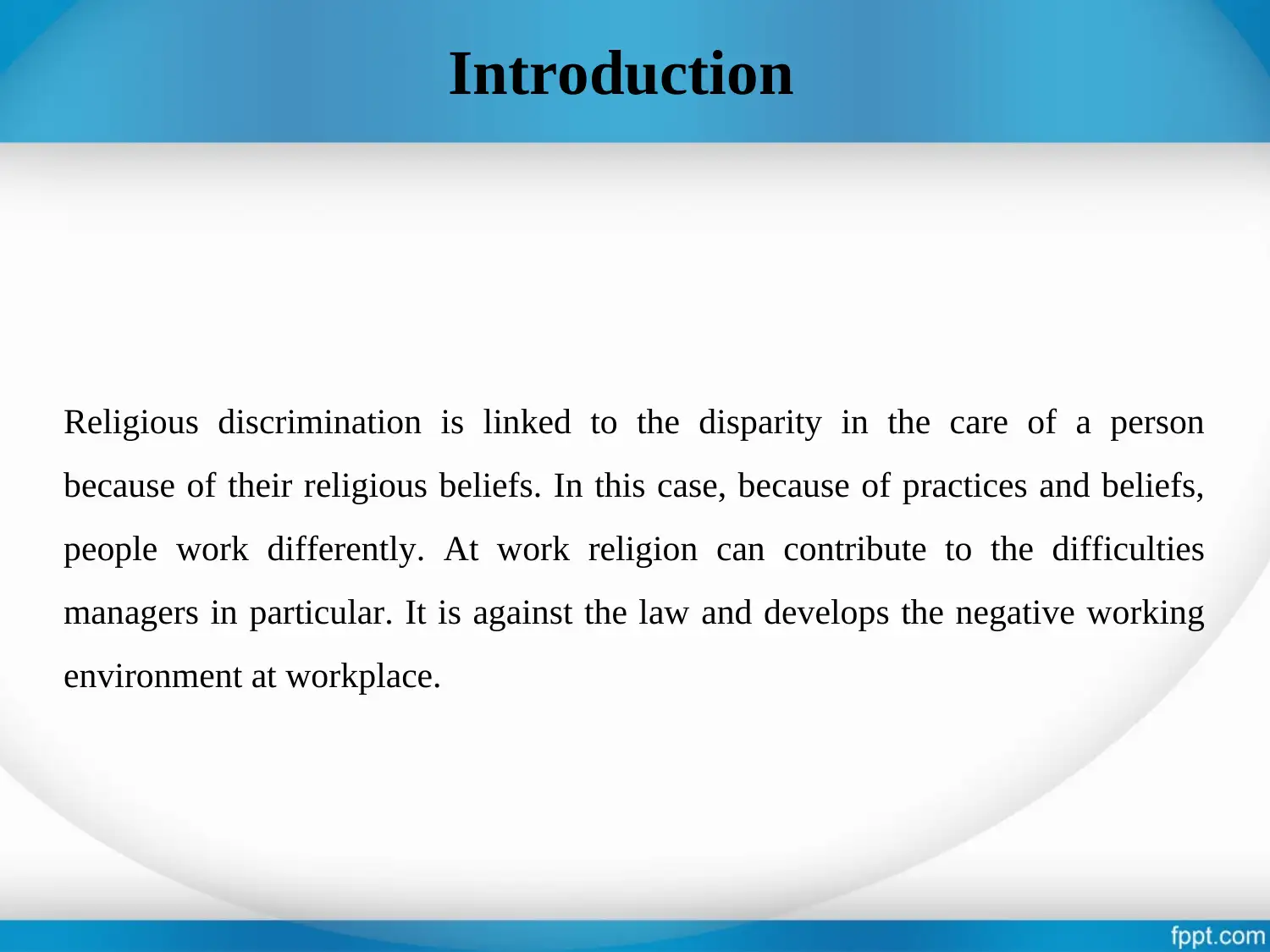

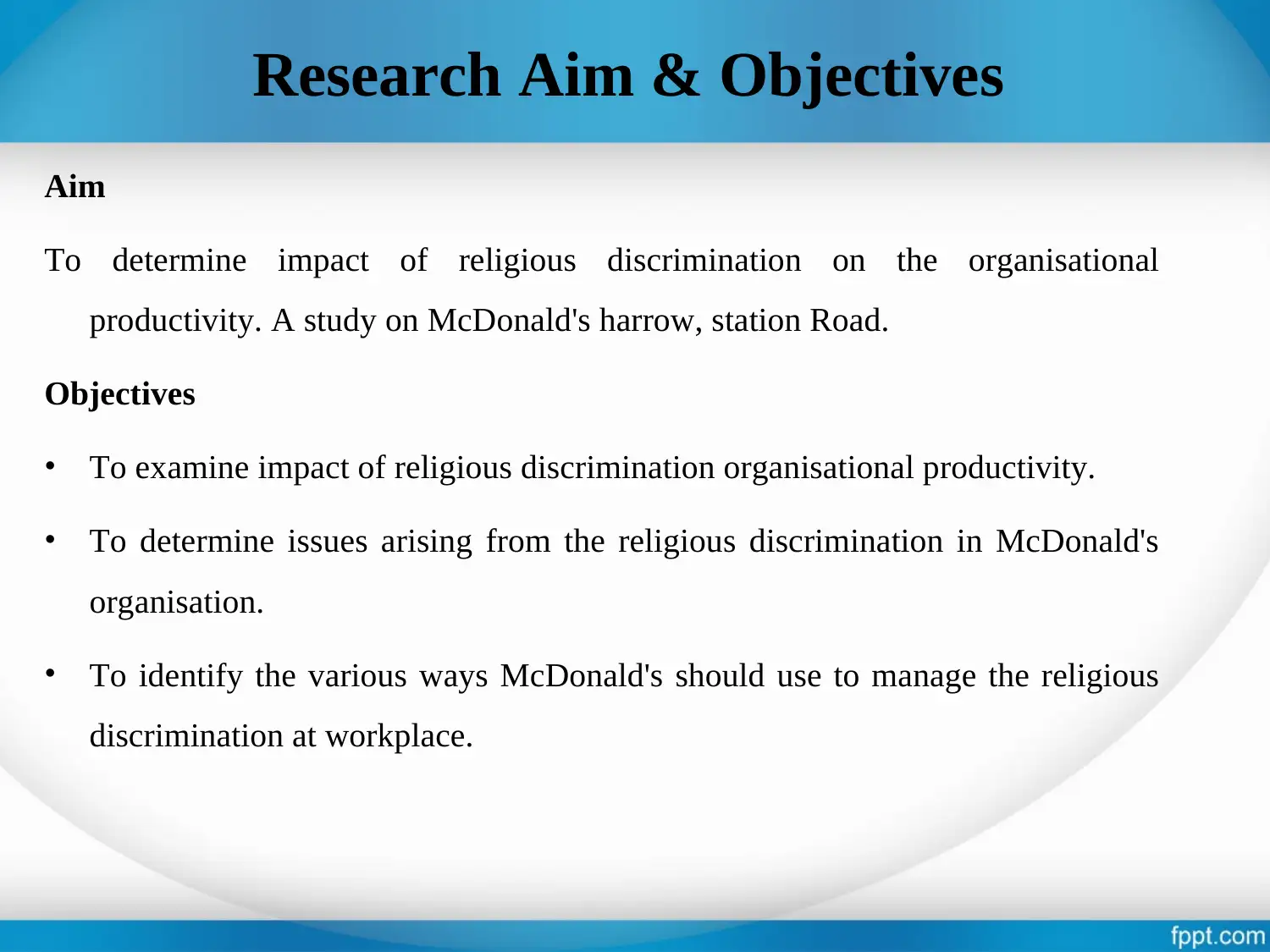
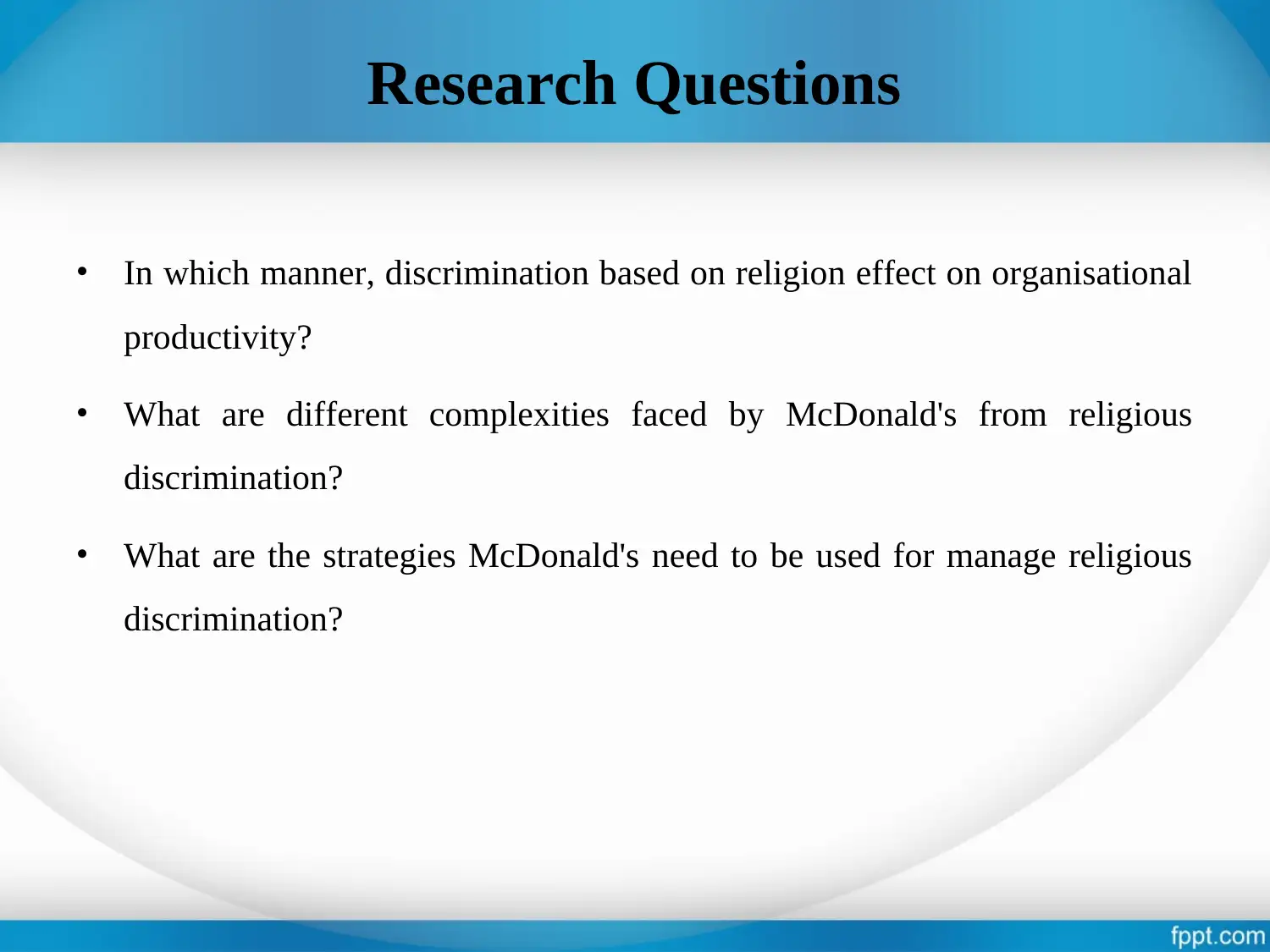
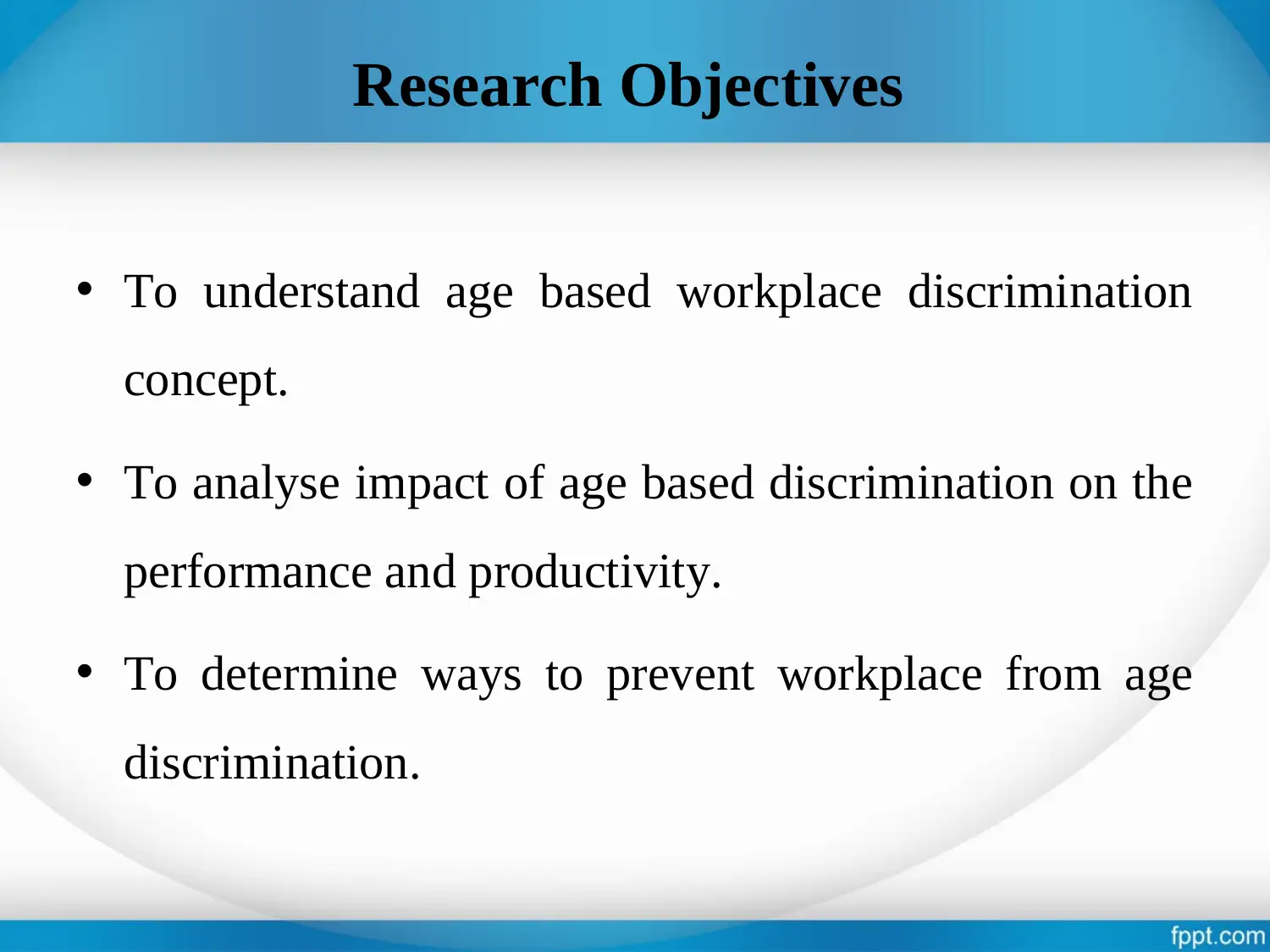
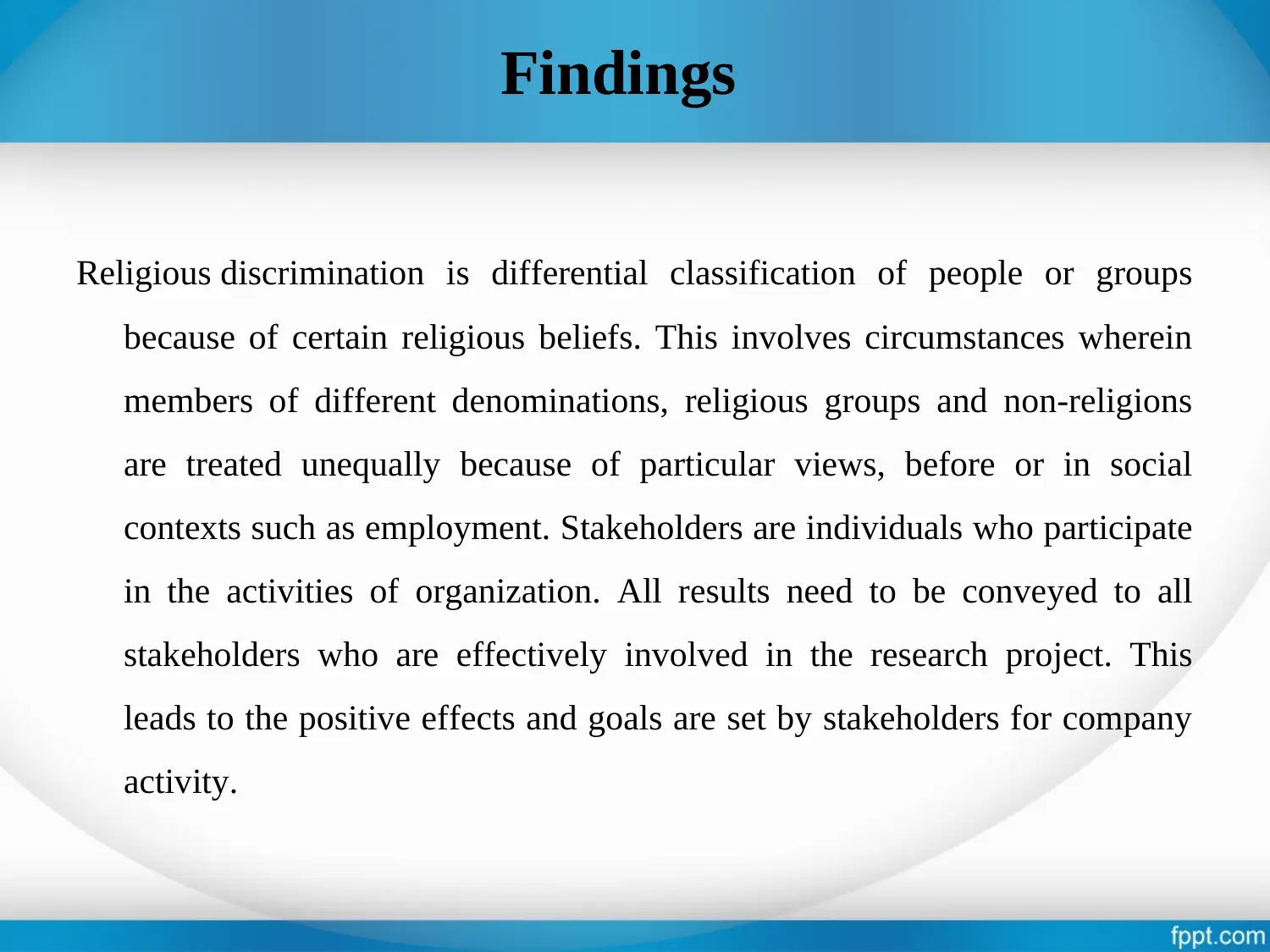
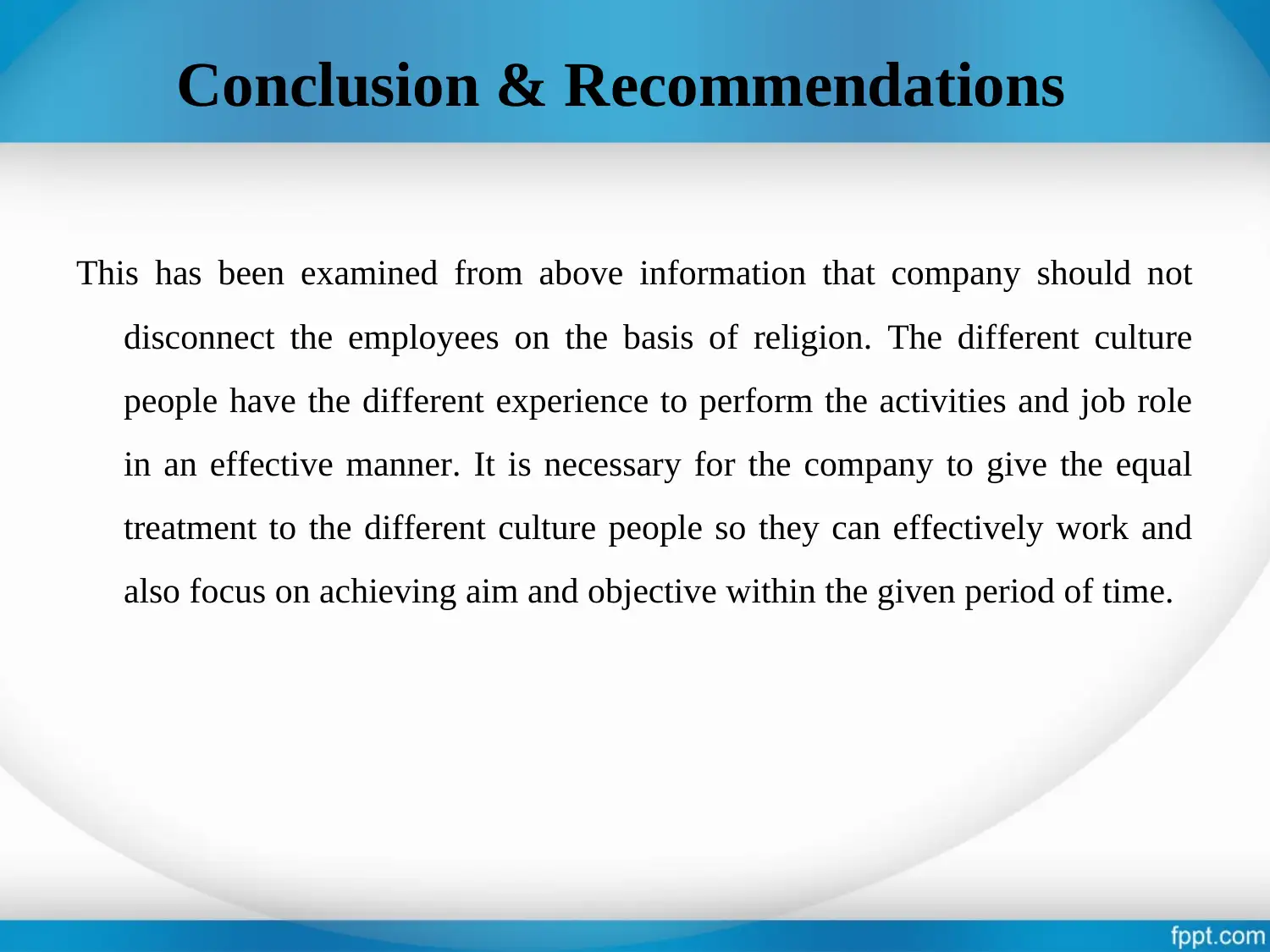
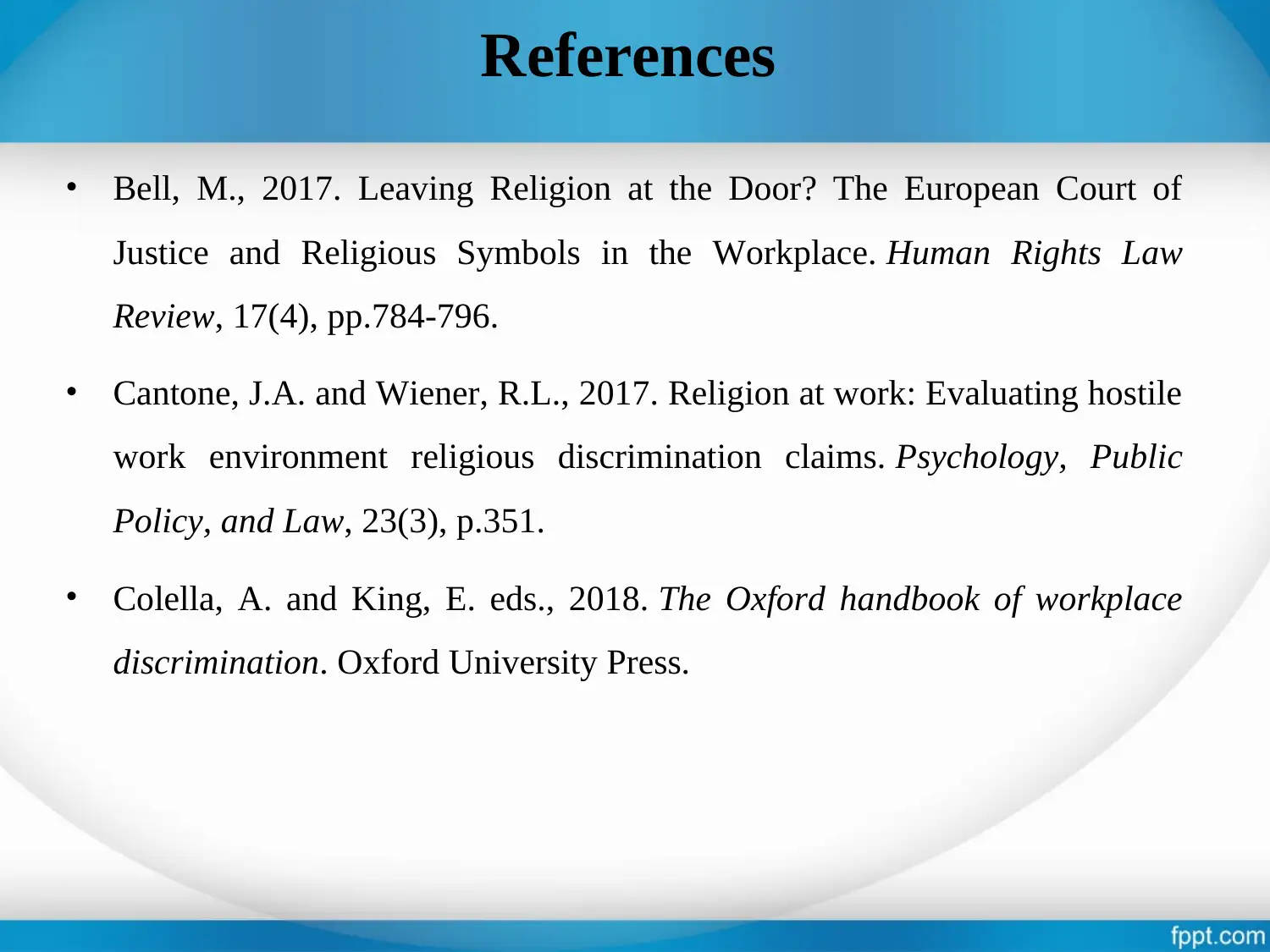





![[object Object]](/_next/static/media/star-bottom.7253800d.svg)